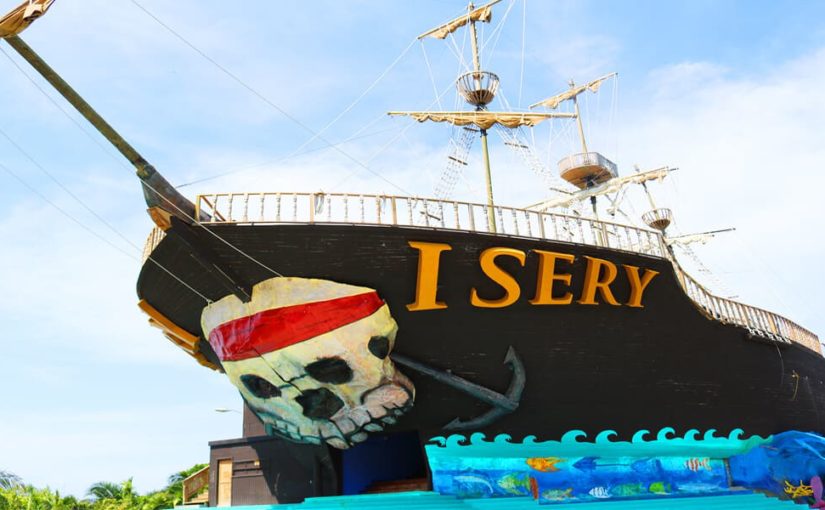The spanish catholic bishop ordered the removal of the Paya. Claiming that they were fully allied to British Pirates. These natives helped the Englishmen attack spanish central american main land ports and ships. In August of 1650, the spanish arm forces from havana Cuba, Guatemala, and Honduras under the command of Villalva and Toledo (military commanders) attacked the Pirates Camp at Port Royal; captured the natives and transported them to Trujillo.
Men such as Edward Tech (The famous Black Beard), Kidd, Roberts, John Coxen, Captain Morris and Captain Jackman anchored their convoy at Port Royal Roatan in 1665. Captain Sharp, Van Horn, Ned Low, Edward Teach and a Welch man naed Henry Morgan and other Pirate leaders visited the Bay Islands frequently during this same period. It is believed that captain John Coxen lived and commanded a band of pirates in the south western area of Roatan known today as Coxen Hole, from around 1687 to 1697. Historian claimed that after the destruction of Port Royal in Jamaica by the powerful earthquake of June 7th, 1692. Port Royal at Roatan island became home to many of these ruffians.
Privateering officially came to an end with the Treaty of Utrecht in 1713 – 1714, as a result of this treaty, Spain and France ceased hostilities towards Great Britain; therefore, the era of piracy continued on a smaller scale in the West Indies, In 1670, Spain and Great Britain signed the Treaty of Madrid giving “all those lands, islands, colonies, and places whatsover situated in the West Indies” over to Britain. This treaty established and recognized Britain as a world power thus reducing Spain’s reign and dominance over the American continent.

